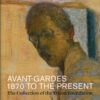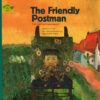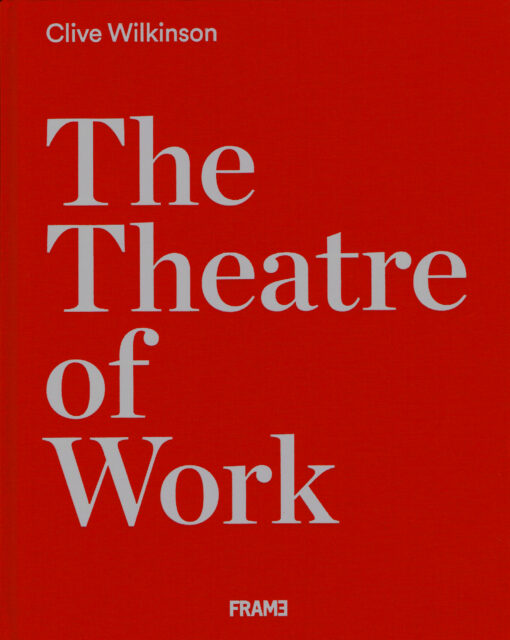Terug/Home/Webwinkel ramsj.nl /Kunst/Architectuur/The Theatre of Work
Clive Wilkinson
The Theatre of Work
€ 39,00 Oorspronkelijke prijs was: € 39,00.€ 12,50Huidige prijs is: € 12,50.
While utility and amenity are vastly improved, what advances have been made in building truly creative communities that spark creativity, knowledge sharing and collaboration? Is the 21st century office performing at peak? ‘The Theatre of Work’ proposes an intensified relationship between office users and the space they occupy. The new workspace should amplify and celebrate the activity of work and of human community, and in the process, becoming vital and compelling Theatre. In defining this new landscape, Clive Wilkinson examines global developments in workplace thinking, historical antecedents, the performance touch-points for the new office, and proposes seven humanistic principles that will inform a holistic design process that can bring this concept of Theatre to fruition.
Gerelateerde producten
geschiedenis
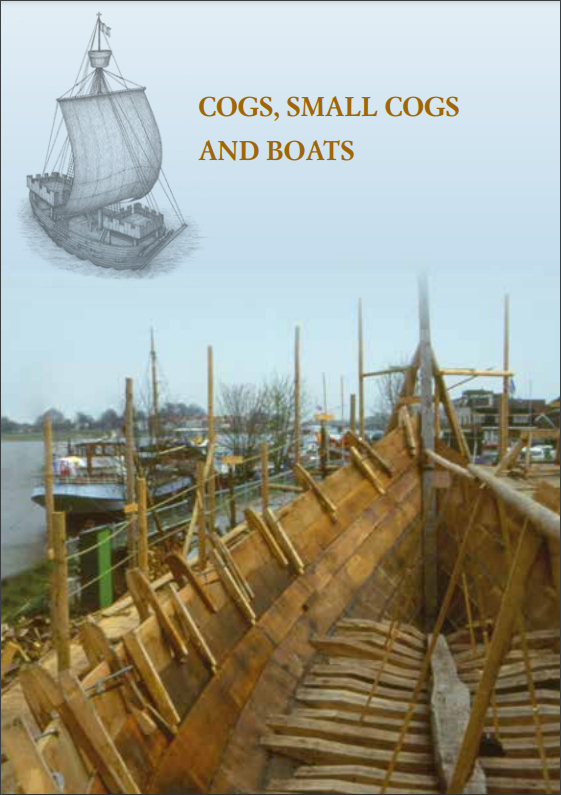
Karel Vlierman
Cogs, Small Cogs and Boats
From the thirteenth to the fifteenth century an important part of the economy in northwestern Europe was based on trade in the Hanseatic League. The main means of transport consisted of ships, mainly cogs. The importance of this type of ship was already apparent from medieval documents, miniatures, and other sources. However, until the mid-twentieth century, no material remains of such ships were known. Results from archaeological excavations of shipwrecks had to be awaited for greater clarity on the construction, technology and appearance of these ships. One of the world's largest collections of medieval shipwrecks emerged after the Second World War during the partial reclamation of the IJsselmeer lake (the former Zuiderzee inlet) in the Netherlands, where three polders were created from 1942 onwards. During these works, hundreds of shipwrecks from the period between 1250 and 1900 were discovered, about twenty of these being cogs. The first cog was excavated in 1944. The famed cog, with its remarkable construction and the ingenious manner in which the seams between the planks were made watertight using moss, laths and iron clamps, clearly demanded an in-depth study. The Netherlands were an ideal place to start, as more than half of all the cog wrecks in Europe have been found, (partially) excavated and studied in the Netherlands. Maritime archaeologist Karel Vlierman has excavated shipwrecks all his working life. He dedicated himself to the research of these ships, including two cogs found at Doel near Antwerp and the recently uncovered cog from the river IJssel near Kampen. His research of more than twenty years has resulted in a monograph of 996 illustrated pages, together with some 70 large technical drawings of all the investigated cogs and their reconstructions. The monograph (in two volumes) and the folder with the 70 technical drawings -in A0, A1 and A2 format- together come in a fine slipcase. Karel Vlierman explains the shipbuilding tradition of the Hanseatic period in detail and clarifies the differences between the cog and, for example, the 'nef' of the southern North Sea, which belongs to the Nordic or Scandinavian tradition. Based on the finds excavated at Kampen, he considers it very likely that a shipyard was located there in the late thirteenth and early fourteenth century. The largest piece of woollen sail ever excavated was discovered at Kampen. Hundreds of typical iron clamps too were found, some of them unused, suggesting a blacksmith's workshop specifically dedicated to producing them. Ships could be hauled out from the water and, after repairs, sail to the Zuiderzee via the IJssel. This is the first cog shipyard ever to be discovered in the Netherlands. Until the 'IJssel cog' was discovered and excavated near Kampen, the so-called 'Nijkerk-II' was the best-preserved known cog. The analysis of this cog was the starting point for this study, together with the experience gained during the construction of a replica of it, the so-called Kamper Kogge (Kampen Cog). It gradually became clear that there had been a tradition of cog building. Through studying and drawing all the cog wrecks, it was possible to make reconstruction drawings of many of them, with the benefit of evidence already obtained from other wrecks. This voluminous and impressive book will set the standard for publications on maritime archaeology for decades to come, as it is the landmark handbook for the way in which shipwrecks should be documented, described, and reconstructed. The detailed manner in which the technical drawings have been created makes it possible to construct virtual 3D models. The vectorised drawings are of a very high quality and are available digitally. In addition, Karel Vlierman created about twenty artists&; impressions of the cogs as they must have looked during operation and of life on board. These not only appear in a large format in the book but are also available as postcards and posters. This will be the standard work on cogs, the first of its kind to be published, with the size and scope of the study unequaled in any area of maritime archaeology. The famous publication on the sixteenth-century ship Mary Rose comes close but is about a single ship only. The present book on cogs covers the entire spectrum of these vessels, from seagoing ships to boats and barges plying the inland waterways and even a possible military cog for army transport. SPA uitgeversgeb - 996 blz
kunst
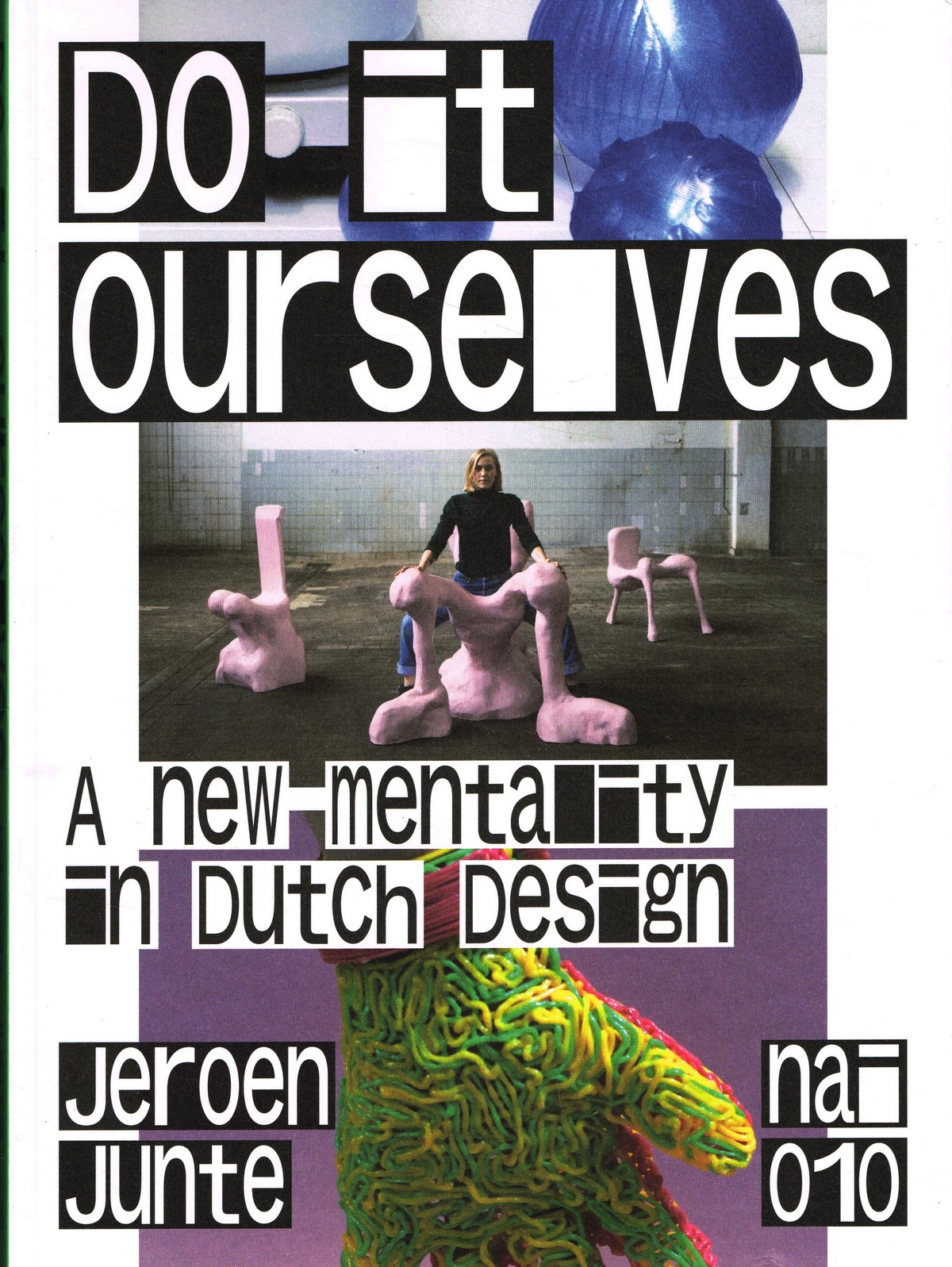
Jeroen Junte
Do It Ourselves
For English see below Nederlandse ontwerpers hebben de afgelopen jaren een scherpe koerswijziging doorgemaakt. De nieuwe lichting ontwerpers kiest nieuwe waarden en uitgangspunten en streeft door onderzoek en samenwerking naar maatschappelijke relevantie en impact. Deze 'post-crisisgeneratie' is bevlogen, optimistisch, maar ook pragmatisch met oog voor schoonheid. Humor en het concept als bijna obligate instrumenten zijn verruild voor engagement en vrij onderzoek. Ironie en beschouwende kritiek hebben plaatsgemaakt voor onbevangenheid en dadendrang. Ambacht en lokale productie worden onderzocht als een realistisch alternatief voor vastgelopen systemen. Naast kunst en design worden ook wetenschap, technologie, sociale studies en politiek gezien als speelvelden voor ontwerpers. Kortom, de nieuwste generatie ontwerpers zoekt naar een inhoudelijke verdieping van het vak en streeft naar een positieve bijdrage aan maatschappelijke vraagstukken. Designjournalist en?criticus Jeroen Junte beschrijft voor het eerst deze nieuwe fase in de ontwikkeling van het alom geprezen Dutch Design en voert de lezer langs 199 verrassende, innovatieve en verbazingwekkende projecten en producten. - English - In recent years, Dutch Design has sharply diverged from its previous course. A generation of designers trained in and shaped by the crisis years chose new values and starting points. The focus is now on inquisitive and collaborative makers who strive for social relevance and, if possible, impact. This 'post-crisis generation' is committed and optimistic, but also pragmatic and in possession of an eye for beauty. Humour and the almost inescapable concept have been exchanged for engagement and free research and irony and contemplative criticism for open-mindedness and the will to act. Craftsmanship and local production are examined as realistic alternatives to deadlocked systems of production and distribution. In addition to art and design, science, technology, social studies and politics are also seen as design arenas. In short, the latest generation of designers is looking to substantiate the content of the profession and make positive contributions to social issues. Well-known design writer Jeroen Junte is the first to describe this new stage in the development of the widely acclaimed Dutch Design, by way of 199 surprising, innovative, astonishing projects and products. Engelstalig boek nai010pap - 275 blz
kunst
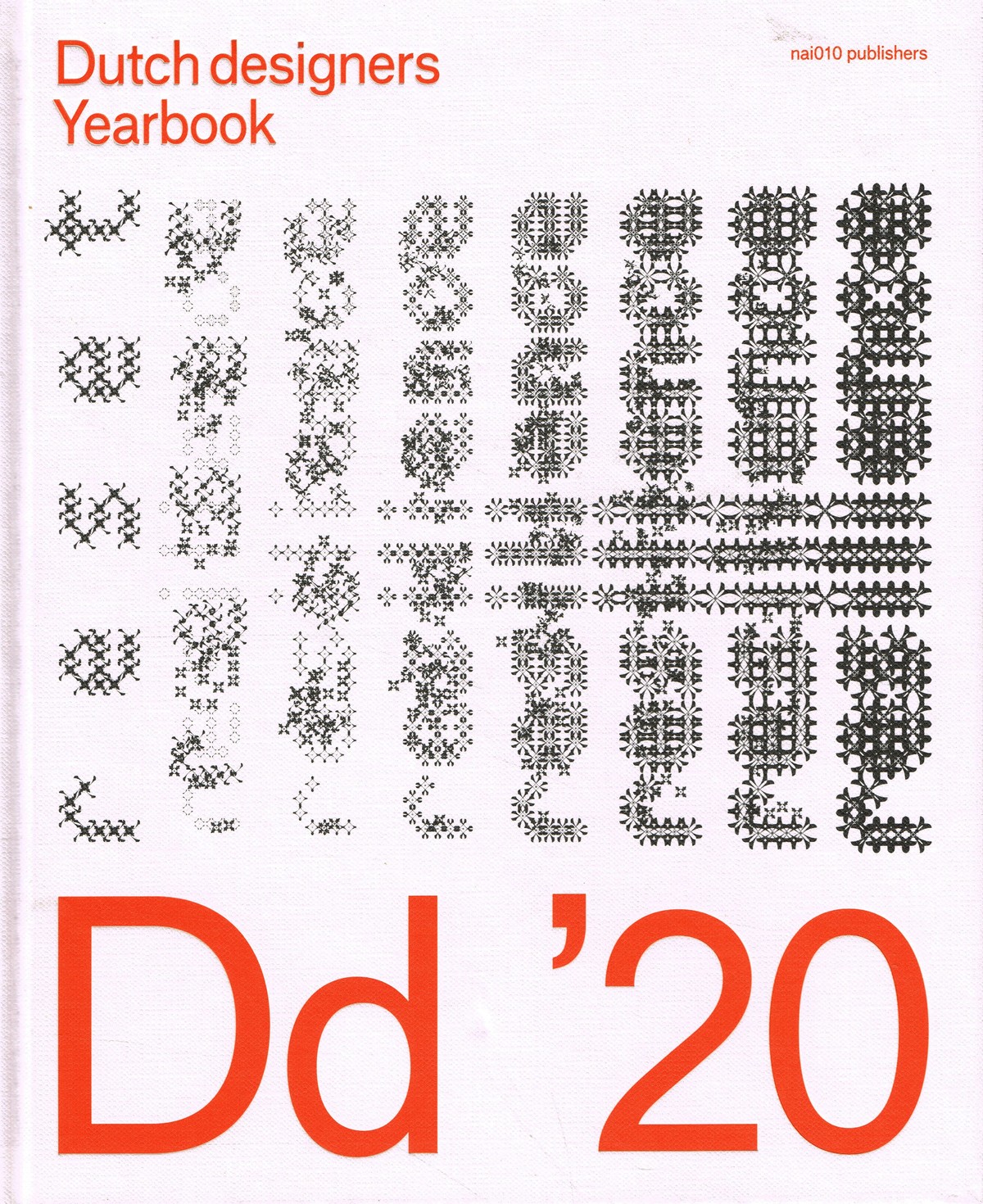
Freek Kroesbergen (red./ed.)
Dutch Designers Yearbook 2020
For English see below- Dutch designers staan wereldwijd bekend om hun originaliteit en gedurfde innovaties, en hun werk dringt door tot in de haarvaten van onze maatschappij. Design is overal en de wereld lijkt maakbaar. Daaraan dragen ontwerpers bij, met hun onorthodoxe methoden en creatieve kracht. Al treft de coronacrisis de creatieve sector ingrijpend, de grote maatschappelijke en economische uitdagingen waar de wereld voor staat bieden ook veel kansen. Over hoeveel veerkracht beschikt de ontwerpsector, en hoe draagt ze bij aan de noodzakelijke transities? 'Dutch designers Yearbook' beschrijft het designjaar 2020 en kijkt vooruit. Het boek geeft een openhartige inkijk in wat designers nu denken en maken: via essays en interviews, opvallend eindexamenwerk van Nederlandse ontwerpopleidingen, prijswinnend werk en portretten van beeldbepalende designhelden als Simon Dogger, Christien Meindertsma, Taco Carlier, Harald Dunnink en Bas Timmer. -Dutch designers are known worldwide for their originality and daring innovations, and their work penetrates the very fabric of our society. Design is everywhere and the world seems makeable. Designers contribute to this with their unorthodox methods and creative power. Although the corona crisis is having a major impact on the creative sector, the major social and economic challenges facing the world also offer many opportunities. How much resilience does the design sector have, and how does it contribute to the necessary transitions? 'Dutch designers Yearbook' describes the design year 2020 and looks ahead. The book provides a candid insight into what designers are thinking and creating now: through essays and interviews, striking final exam work from Dutch design schools, prize-winning work and portraits of iconic design heroes such as Simon Dogger, Christien Meindertsma, Taco Carlier, Harald Dunnink and Bas Timmer. nai010geb - 192 blz
kunst
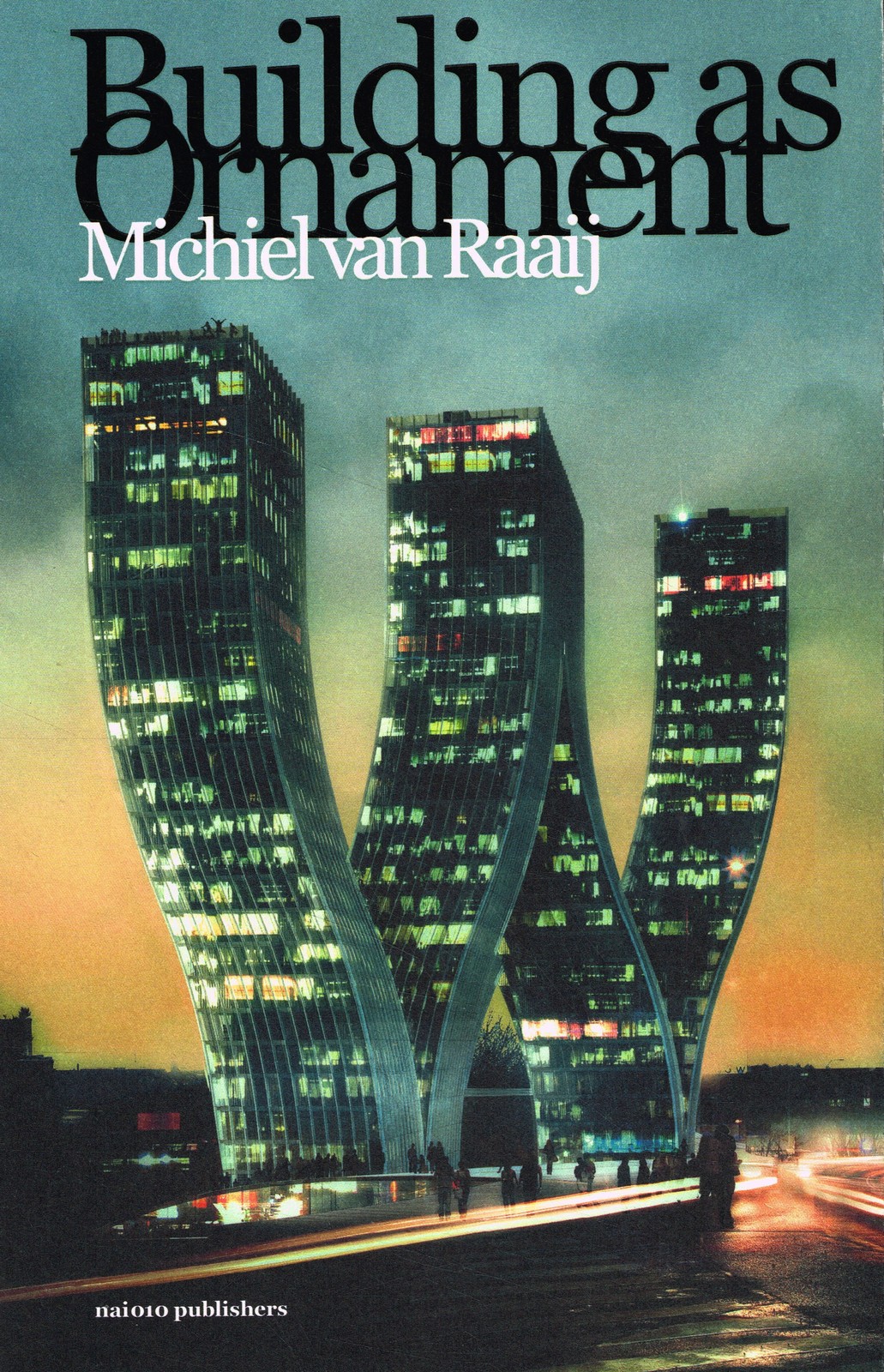
Michiel van Raaij
Building as ornament
For English see below- Het ornament in de architectuur is terug, maar nu op de schaal van het gebouw als geheel. Een letter uit het alfabet, een stapel kiezels of een nationaal embleem - de diversiteit aan vormen die de nieuwe architectuur kan aannemen lijkt onbegrensd. In 'Building as Ornament' onderzoekt Michiel van Raaij door middel van tien interviews hoe deze nieuwe architectuur eind jaren negentig ontstond en hoe ze zich aan het begin van de eenentwintigste eeuw verder ontwikkelde. Een nieuwe generatie architecten ziet het ontwerp van het opgeschaalde ornament als onlosmakelijk onderdeel van hun praktijk. Wat zijn hun drijfveren? Hoe plaatsen zij hun ideeën in de traditie van hun eeuwenoude vak? Michiel van Raaij betoogt dat het ontwerp van het ornament, de iconografie van het gebouw, aan regels is gebonden. Een succesvol ornament vertegenwoordigt een deugd en verduidelijkt de functie, status, constructie, organisatie en de context van het gebouw.- The ornament in the architecture is back, but now on the scale of the building as a whole. A letter from the alphabet, a pile of pebbles or a national emblem - the diversity of forms that the new architecture can take seems limitless. In 'Building as Ornament', Michiel van Raaij uses ten interviews to investigate how this new architecture emerged in the late 1990s and how it developed further at the beginning of the twenty-first century. A new generation of architects sees the design of the scaled-up ornament as an inseparable part of their practice. What are their motivations? How do they place their ideas in the tradition of their age-old profession? Michiel van Raaij argues that the design of the ornament, the iconography of the building, is bound by rules. A successful ornament represents a virtue and clarifies the function, status, construction, organization, and context of the building. Engelstalig boek nai010pap - 241 blz
